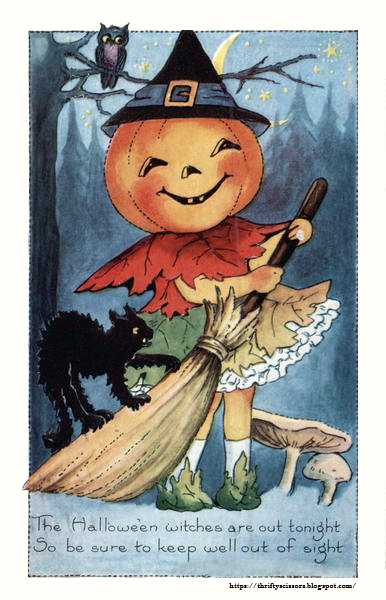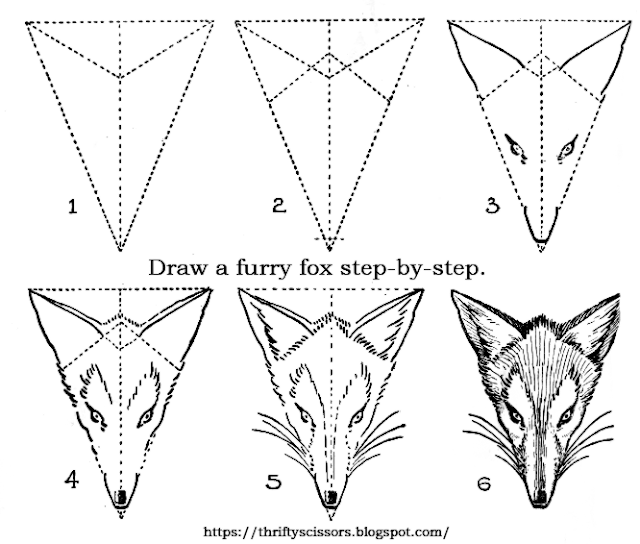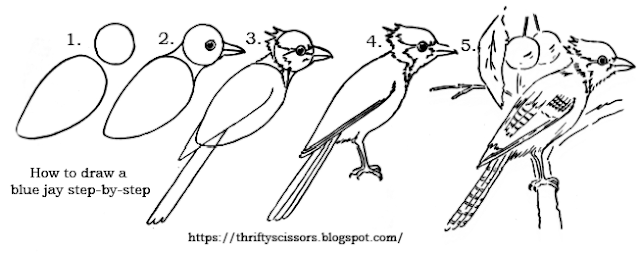A Jack-o'-Lantern played some pranks
One moonlit Hallowe'en,
He started out all by himself
Determined to be mean.
He scared a tiny pussy cat,
A little puppy, too.
He made a cunning baby cry -
A dreadful thing to do !
He laughed and thought of other schemes.
Oh, he was bad that night.
His one idea was what to do
To bring somebody fright.
At last the joke was turned on him,
He chased a pussy cat.
It was a witch's pride and joy,
But how could he know that?
The big black pussy turned around.
It arched its back and tail,
It launched its long sharp claws at him
With snarls and long-drawn wail.
Its mistress witch then came to sight
And whacked him with her broom.
So that is how one pumpkin head
Was cracked unto his doom.







































